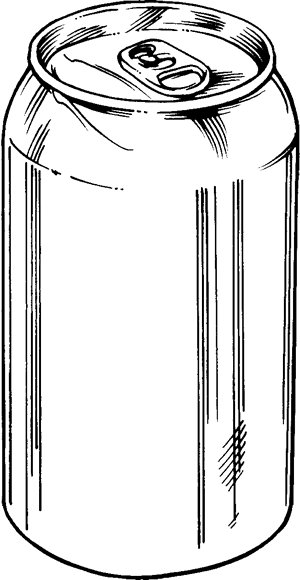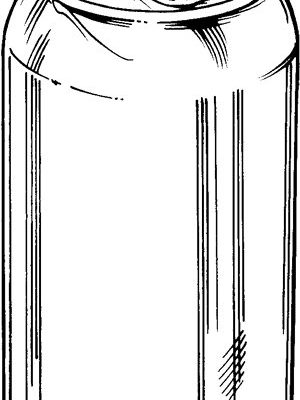
Let’s dive into the waters of salmon and explore how this nutritious fish can pose risks to humans. From parasites to foodborne illnesses, understanding these dangers is essential for everyone who enjoys salmon, whether it’s grilled, smoked, or sushi-style.
Understanding the Nutritional Benefits of Salmon
Before we tackle the potential dangers, it’s worth mentioning why salmon is so popular in the first place. Salmon is packed with omega-3 fatty acids, which are known for promoting heart health. Just think of omega-3s as the superheroes of the fat world—fighting inflammation and supporting brain function. Not only that, but salmon is also a rich source of protein, providing the building blocks needed for tissue repair and muscle growth.
Another plus? Salmon is loaded with vitamins and minerals. Vitamin D, for example, is great for bone health and immune support. So, when you chow down on salmon, you’re not just enjoying a tasty meal; you’re also fueling your body with essential nutrients. But as with any superhero story, there can be hidden villains.
The Risks of Consuming Raw Salmon
Eating salmon raw is a trend that many food enthusiasts embrace, especially in sushi or sashimi. But you might be wondering: is it safe? Here’s the thing—raw salmon can be a breeding ground for parasites, primarily a type called *Anisakis*. These tiny worms can attach themselves to the intestines of humans if ingested, leading to a condition known as *anisakiasis*.
Symptoms can range from mild discomfort to severe abdominal pain, and nobody wants that after enjoying a sushi night out with friends! To combat this risk, restaurants typically freeze salmon before serving it raw, which kills the parasites. But if you’re making sushi at home, ensure it’s sourced from a reputable supplier who follows safe practices.
Identifying Foodborne Illnesses
Another concern with salmon is the potential for foodborne illnesses. If salmon isn’t handled or cooked properly, it can harbor harmful bacteria like *Salmonella* and *Listeria*. These bacteria can cause nausea, vomiting, diarrhea, and even more severe illnesses. In a way, it’s like leaving your front door open; while it might be tempting to invite people in, you’re also letting in potential danger.
To keep your salmon safe from bacteria, always make sure to cook it to an internal temperature of 145°F (about 63°C). This temperature not only helps to kill off any lurking bacteria but also ensures your salmon has that perfect flakiness without being overcooked.
The Impact of Environmental Contaminants
You might not think about where your salmon comes from, but it’s significant. Salmon can carry environmental contaminants, such as mercury and polychlorinated biphenyls (PCBs), which can accumulate in the fish due to pollution in their habitats. Consuming too much mercury can be harmful, particularly for pregnant women and young children, as it can impact brain development and function.
When choosing salmon, consider looking for wild-caught salmon over farmed. Wild salmon tends to have lower levels of these contaminants. Plus, it’s generally fresher and more flavorful! If you opt for farmed salmon, make sure to choose brands that test their fish for contaminants.
Allergic Reactions to Salmon
Just like with any other food, some individuals may develop an allergy to salmon. If you’ve never eaten salmon before, you might be wondering if you’re at risk. While it’s relatively uncommon, the symptoms can range from mild itching or hives to severe reactions like anaphylaxis, which can be life-threatening.
If you suspect you have an allergy, it’s best to consult with a healthcare professional. They can provide tests to help you determine if salmon is a trigger. Just like any new food, it’s wise to be cautious and aware of how your body reacts.
Storing Salmon Safely
How you store salmon is crucial to prevent spoilage and maintain safety. If you’ve ever opened your fridge to find slimy fish, you know the importance of proper storage. Always store salmon in the coldest part of your refrigerator, ideally at temperatures below 40°F (about 4°C).
If you don’t plan to eat it within a day or two, consider freezing it. When freezing, wrap it tightly in plastic or foil to avoid freezer burn. Remember, it’s better to be safe than sorry. Fish that looks or smells off should always be discarded. Your health is not something to gamble with!
Salmon is a delicious and nutritious addition to many diets, packed with health benefits that can’t be ignored. However, like with most things in life, it’s crucial to be aware of the potential dangers. From parasites and foodborne illnesses to environmental contaminants and allergic reactions, knowing these risks can help you enjoy salmon safely.
So, the next time you dig into a perfectly cooked salmon dish, take a moment to appreciate not just its flavor but also the importance of preparation and sourcing. By being informed, you can savor your meal without worry. Enjoy your salmon responsibly, and happy feasting!

